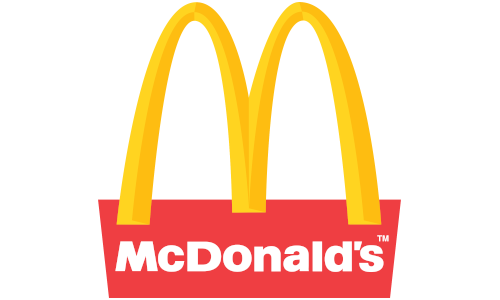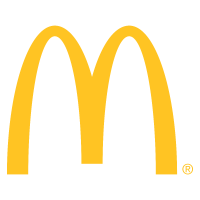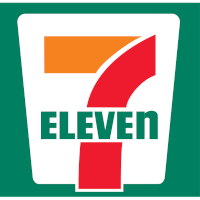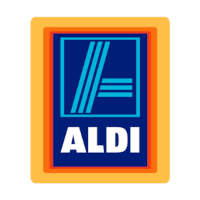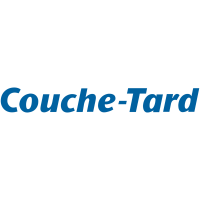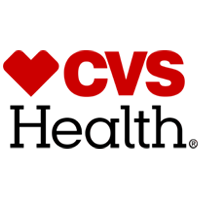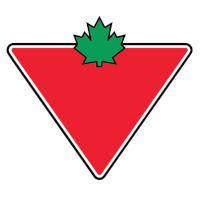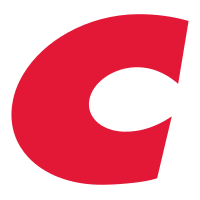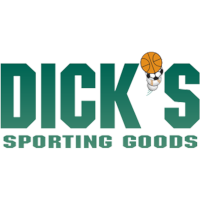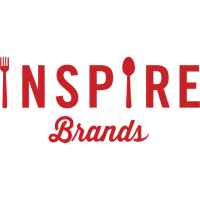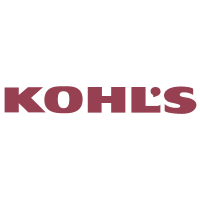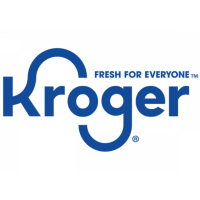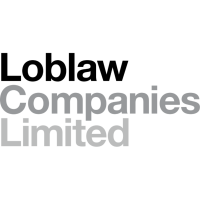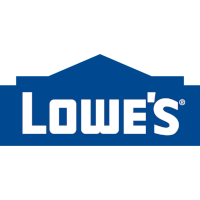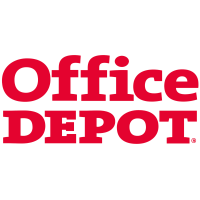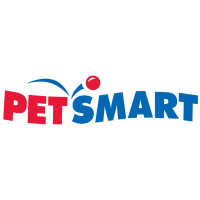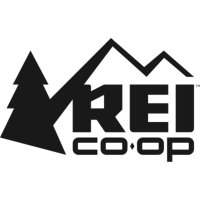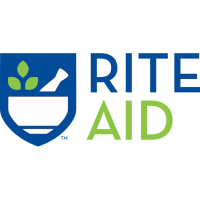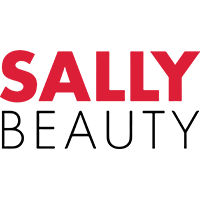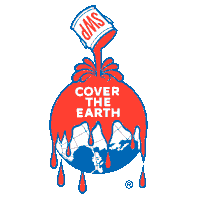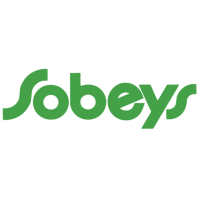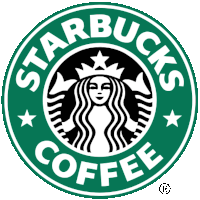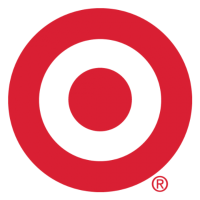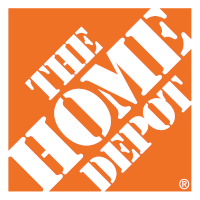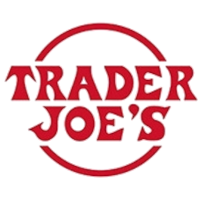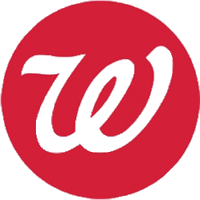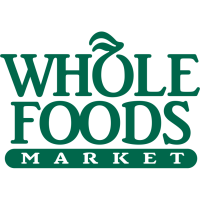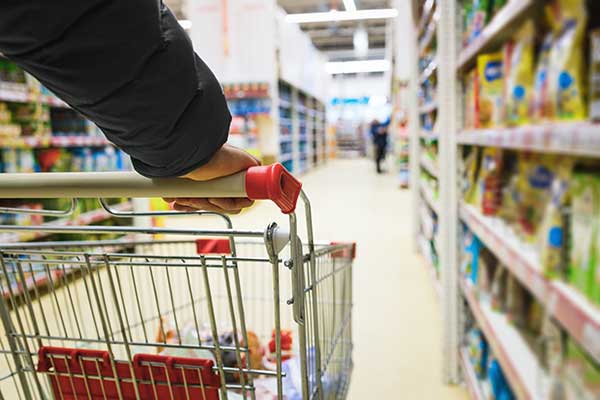Key Findings and Recommendations
- Corporate Commitment: Based on available public information, McDonald’s has failed to commit to reducing toxic chemicals and plastics or supporting safer solutions. McDonald’s should publicly commit to develop and implement a corporate safer chemicals policy and actively explore best practices with peer organizations and outside experts.
- Transparency: McDonald’s ensures that its packaging suppliers test for the presence of PFAS but does not appear to encourage or require suppliers to disclose to it or the public all indirect food additives in food contact materials going beyond regulatory compliance.
- Ban the Bad: McDonald’s restricted and eliminated BPA, BPS, phthalates, PFOA, and PFOS from its food packaging between 2008-2015 and eliminated all food packaging made of expanded polystyrene foam in 2018. The company reported in 2023 that it had eliminated PFAS in food packaging in its U.S. restaurants, part of its goal to eliminate PFAS in food packaging globally by 2025. McDonald’s has also set a goal to reduce fossil-fuel based plastics in packaging and Happy Meal toys around the globe and transition to more sustainable materials by the end of 2025 but has not yet stated that alternatives must be less hazardous.
- Safer Solutions: There is no indication that McDonald’s has supported the development or sale of safer products. McDonald’s should work to ensure substitutes for chemicals and plastics of high concern are safer for the health of consumers, communities, workers, and the environment.
2024 Detailed Analysis of McDonald’s
Corporate Chemicals Policy
Adopted a safer chemicals policy
Oversight
Established management oversight
Chemical Footprint Project (CFP)
Participated in the CFP
Collaboration
Actively participates in collaborative process to promote safer chemicals
Public Policy Support
Supported governmental policies to reduce chemicals or plastics of high concern
Supply Chain Disclosure
Brands report use of chemicals or plastics in products or packaging to retailer
Supplier Accountability
Ensures supply chain accountability for chemicals or plastics restrictions
Consumer Disclosure
Brands disclose use of chemicals or plastics to consumers
Chemical Footprint Calculation
Publicly disclosed its chemical footprint
Restricted Substances List (RSL)/Manufacturing Restricted Substances List (MRSL)
Reduction/Elimination Goals
Chemicals and Plastics Reduction
Reduced or eliminated toxic chemicals or plastics of high concern
Safer alternative definition
Adopted a definition of safer alternative consistent with Washington state
Investment in Safer Solutions
Invested financial resources to advance and drive development of safer solutions
Implementation of Safer Solutions
Replaced chemicals or plastics of concern with safer solutions
Quantified Safer Products
Measured and disclosed progress towards safer products
How does McDonald’s compare to its competitors?
Previous Grade History
NOTE: Our evaluation criteria changed in 2024. The scores from previous review years through 2021 are based on a different set of criteria measured.
Click or tap on a grade year to review additional details (where available).

